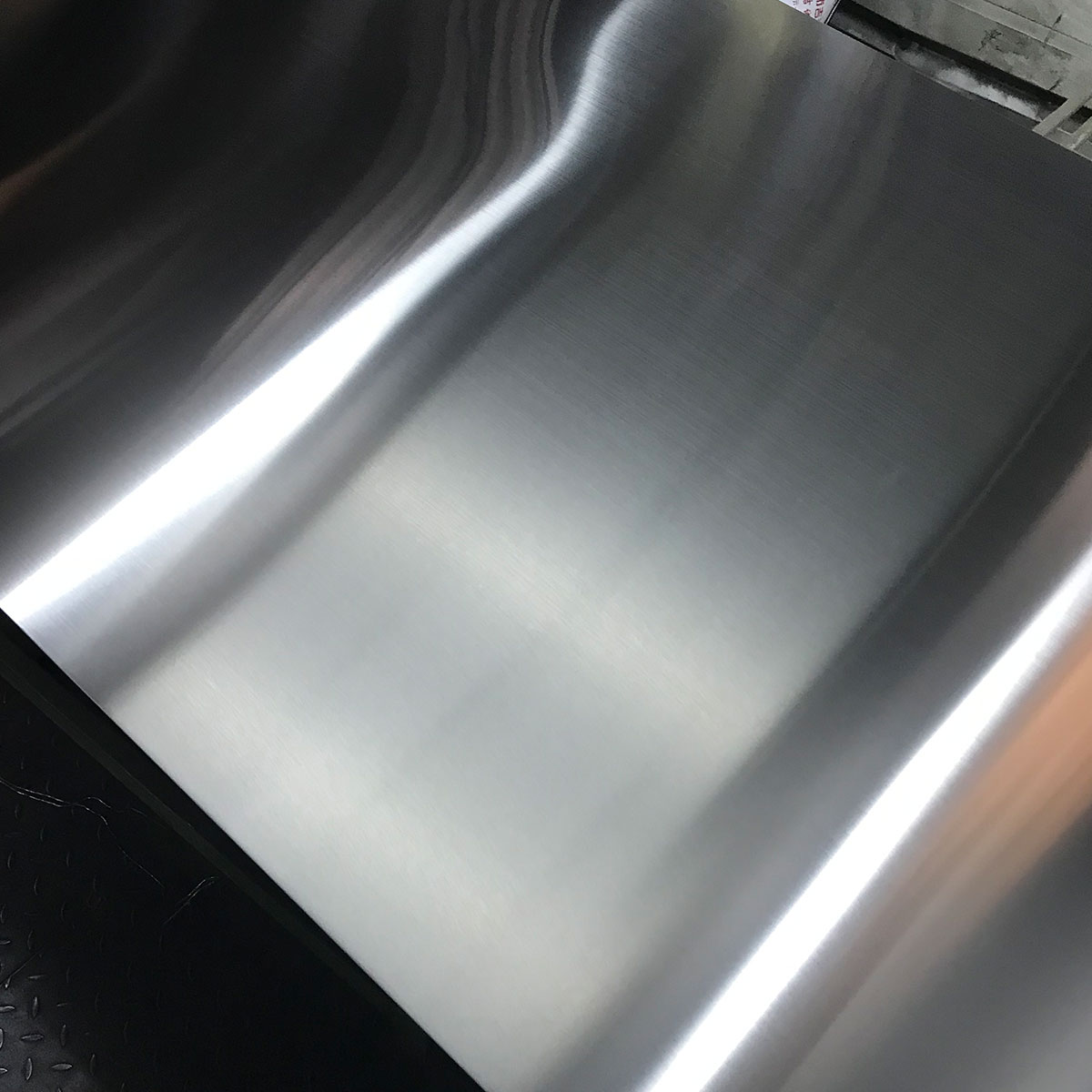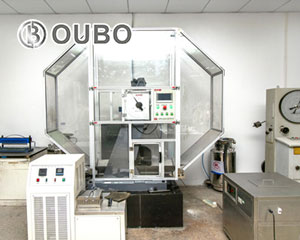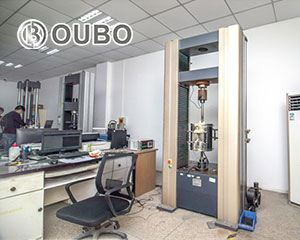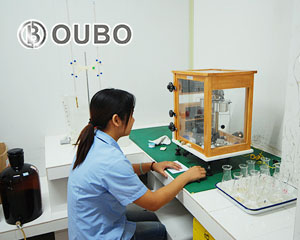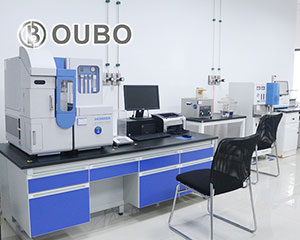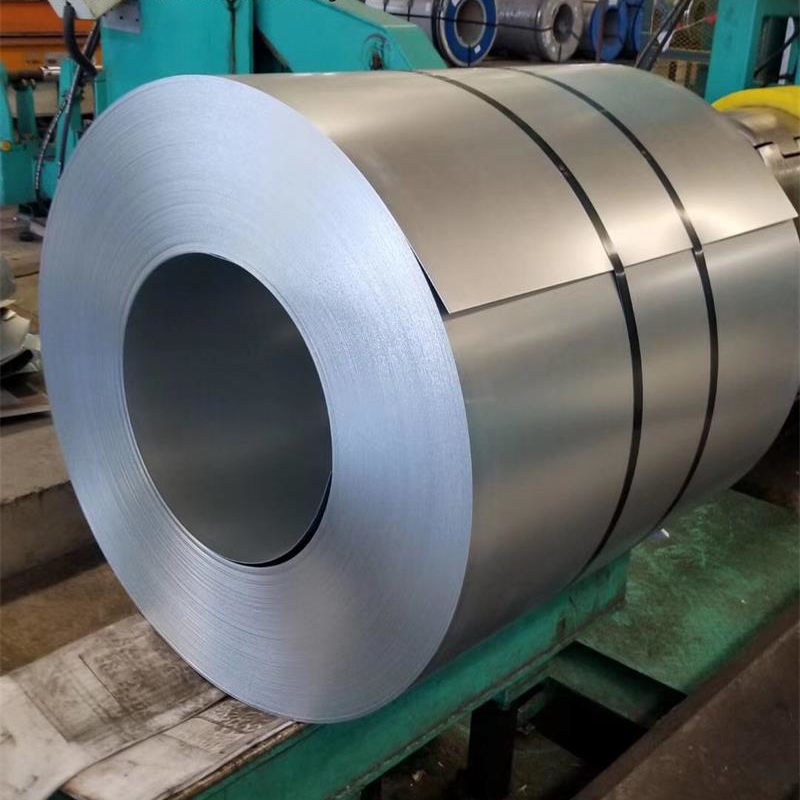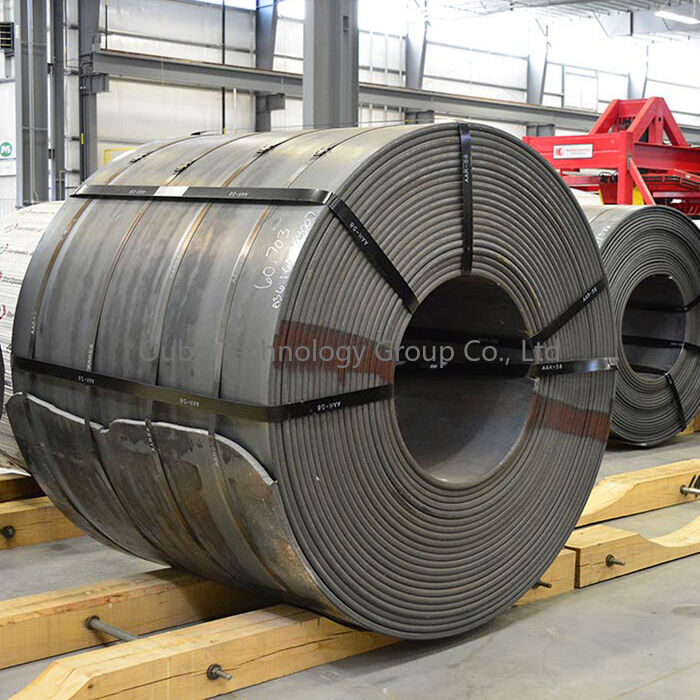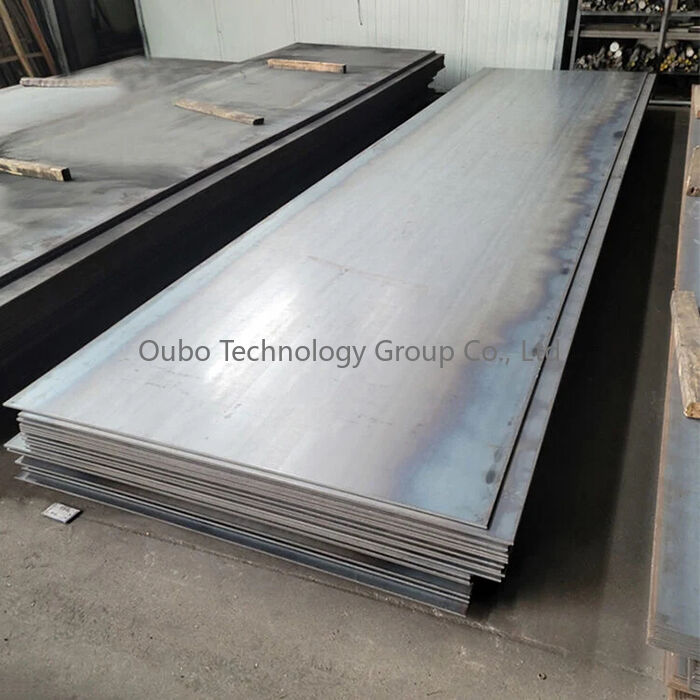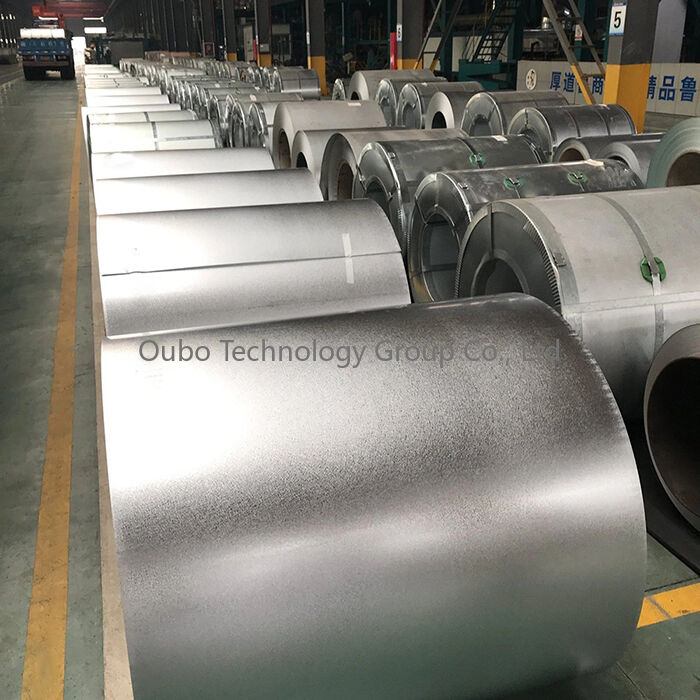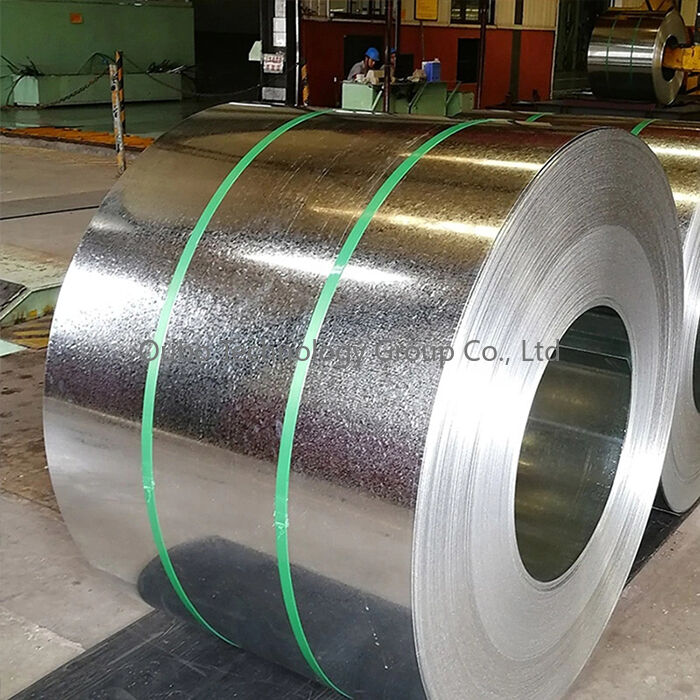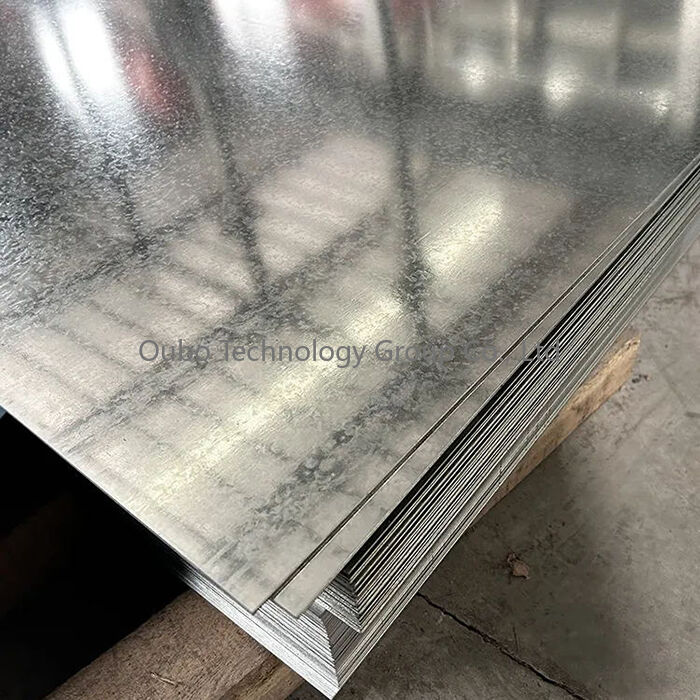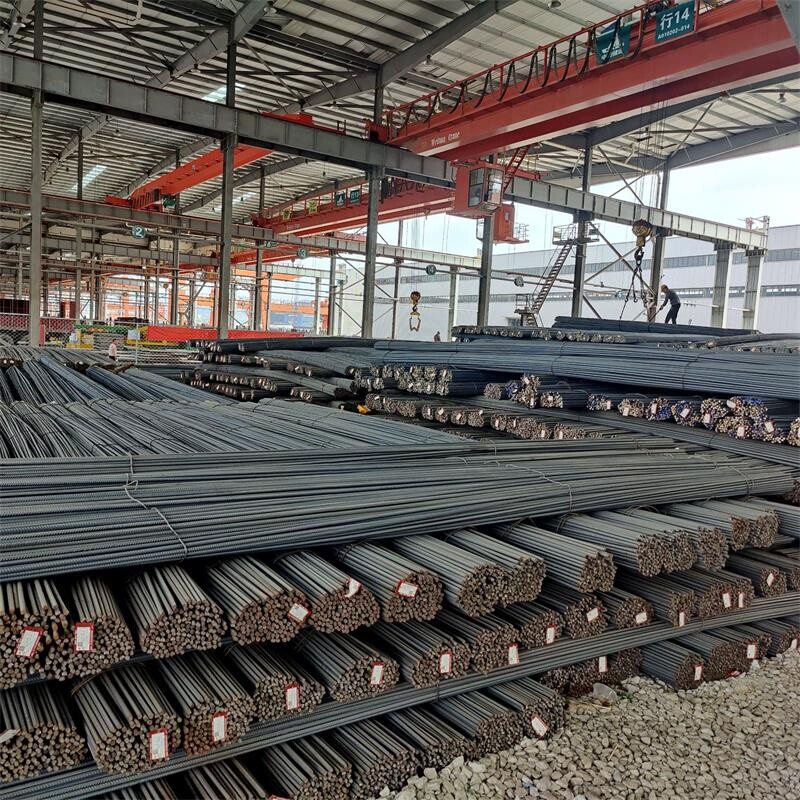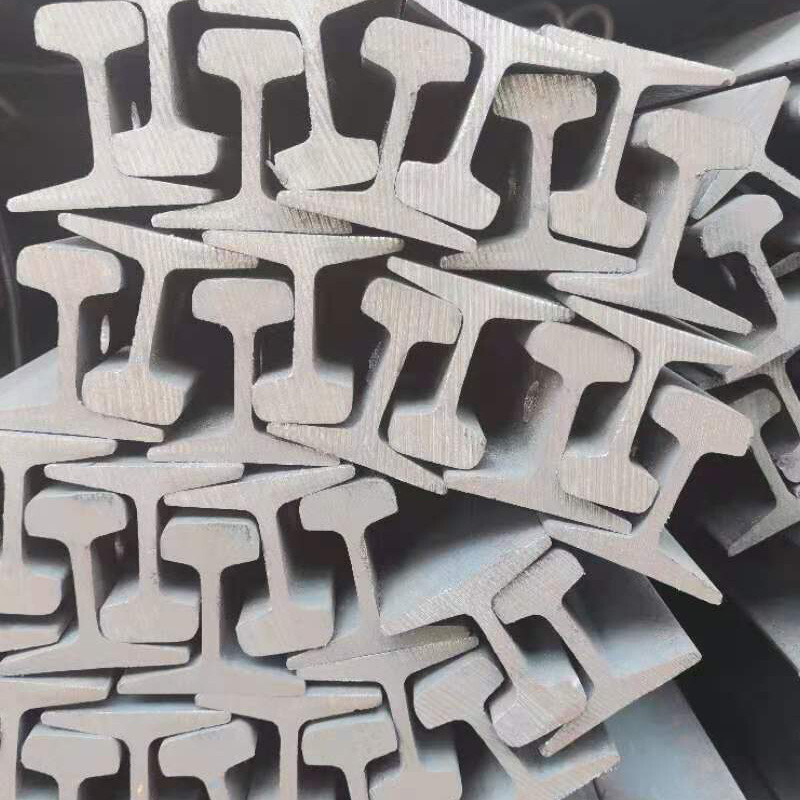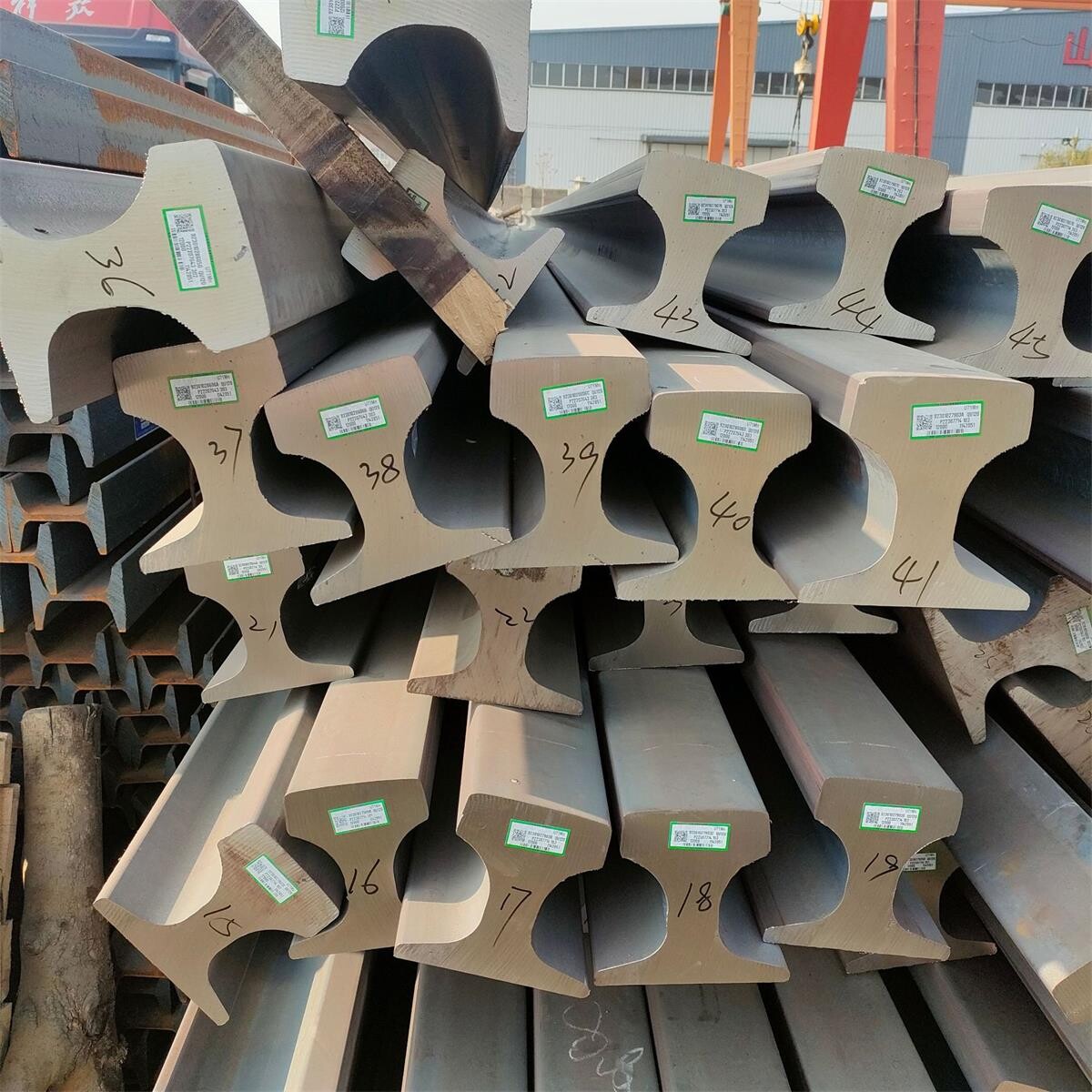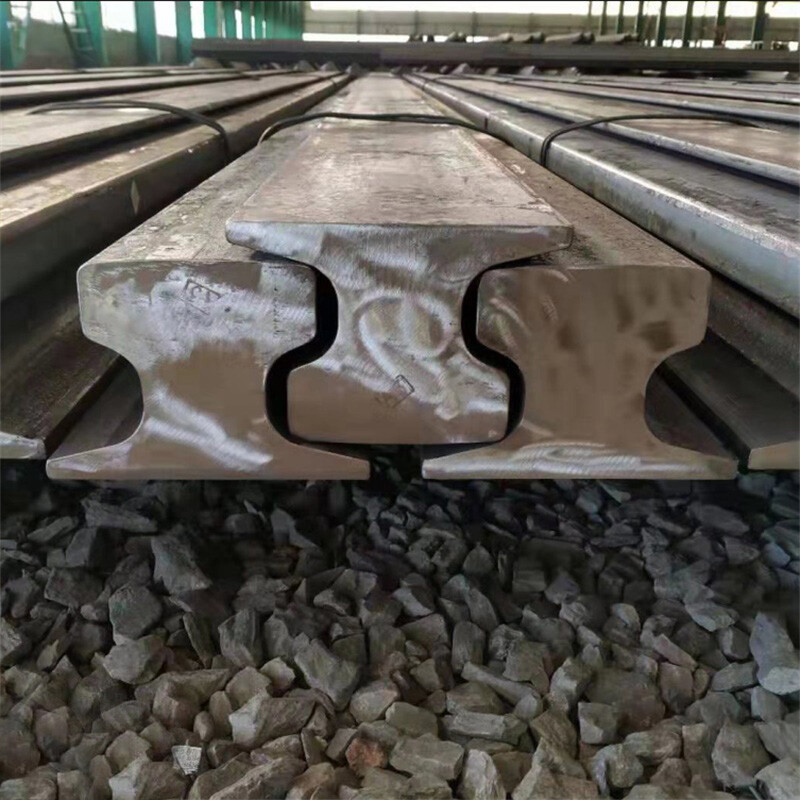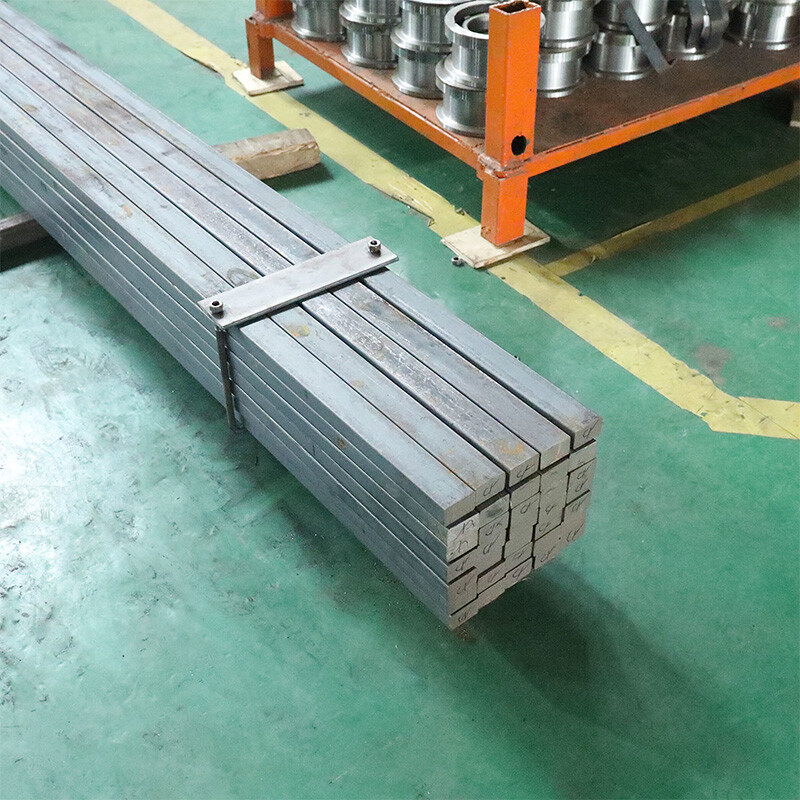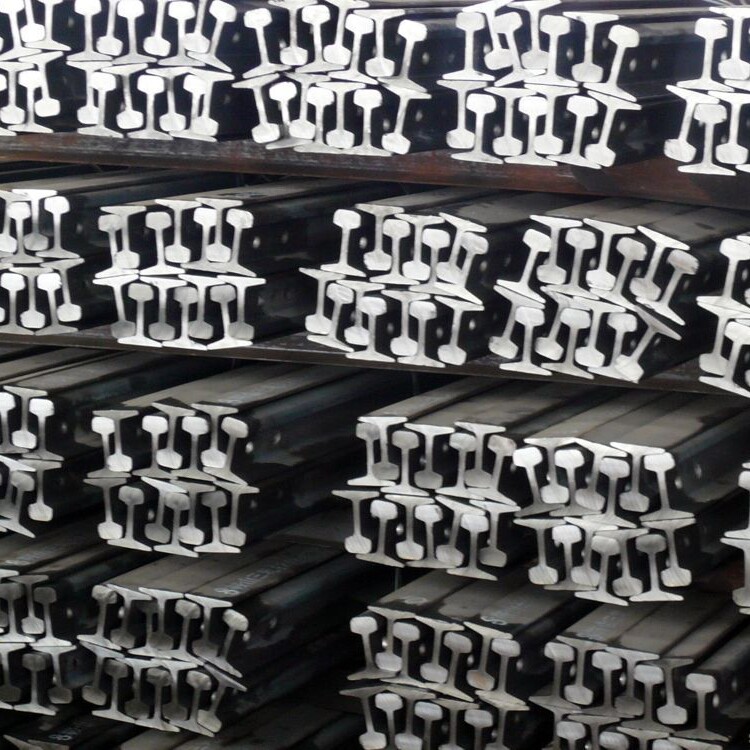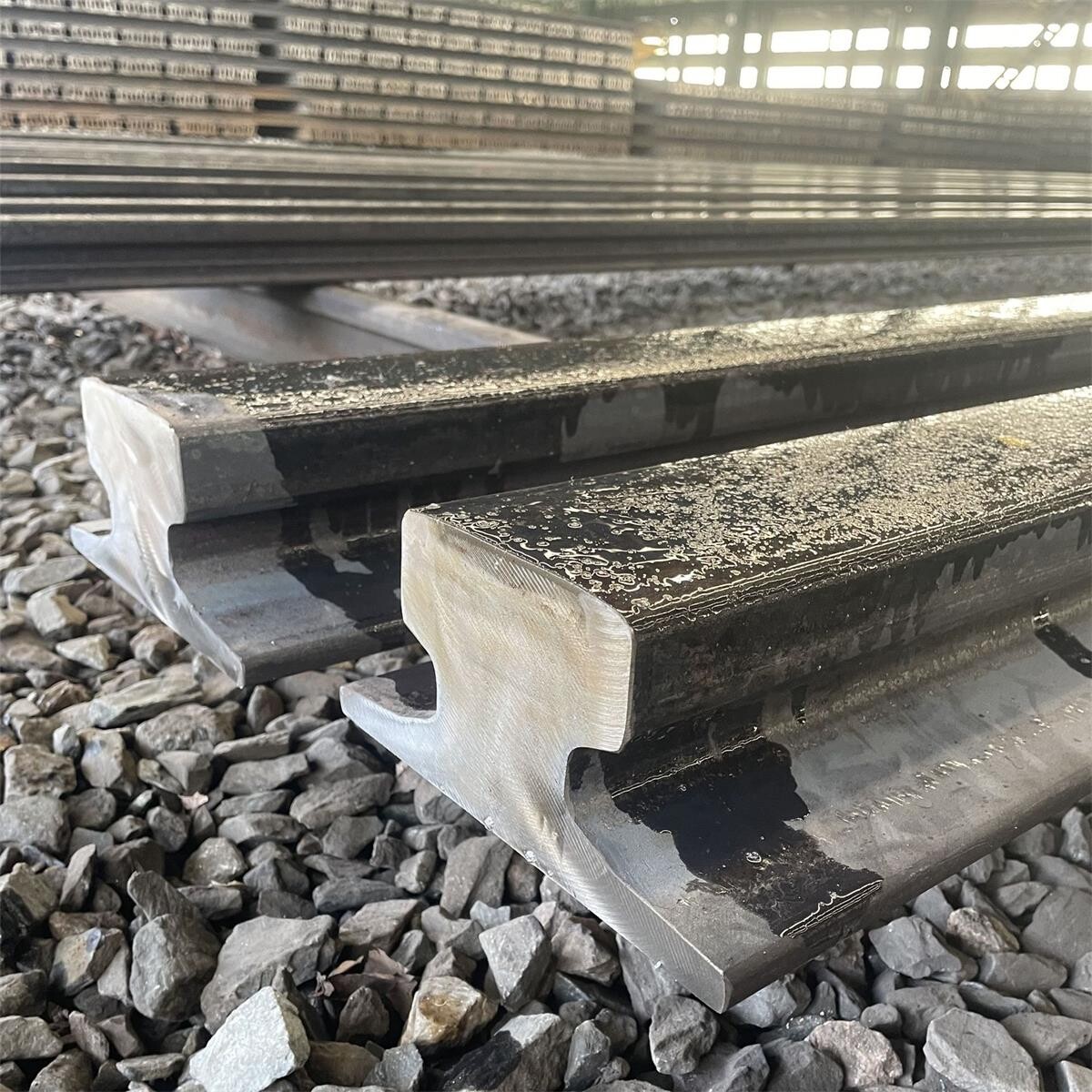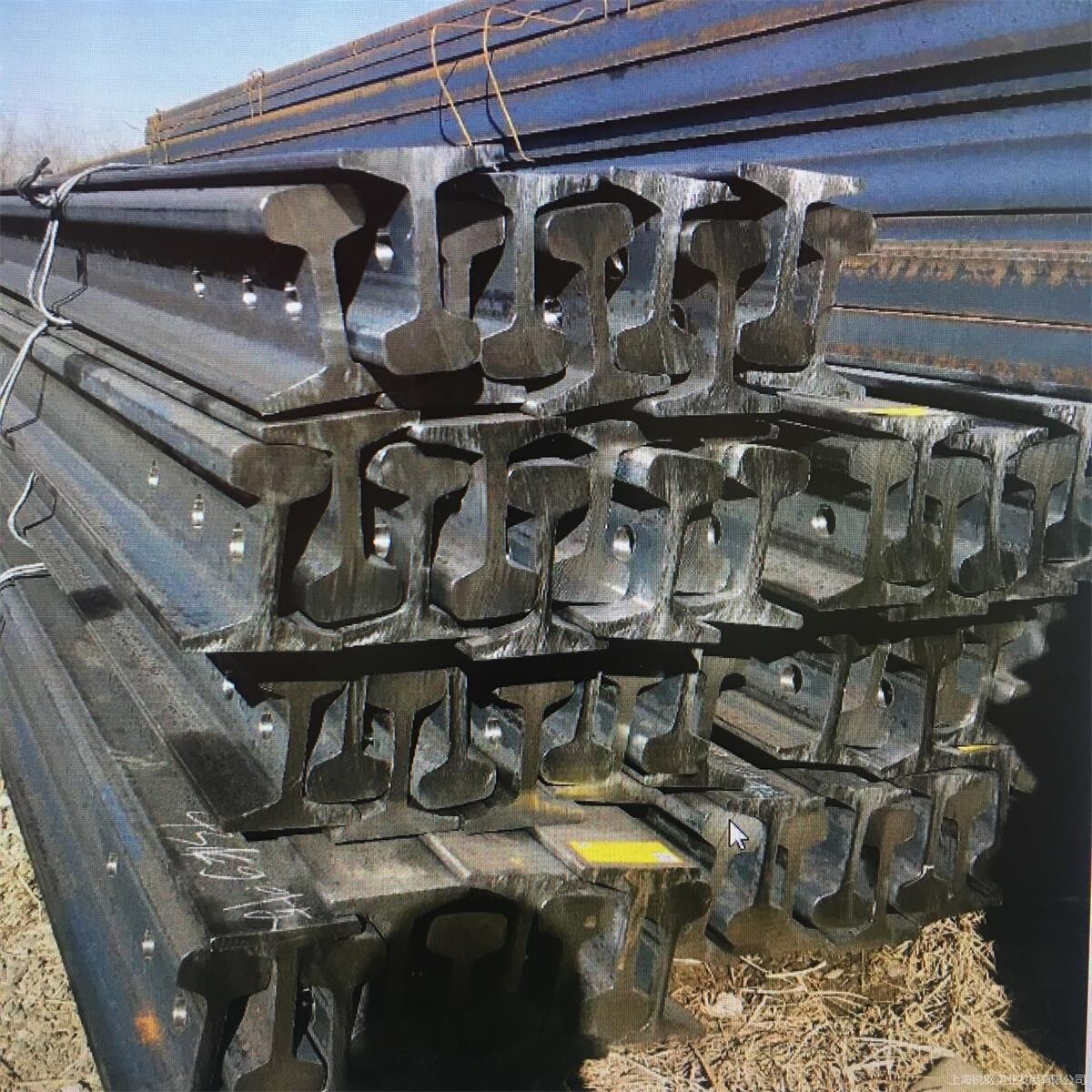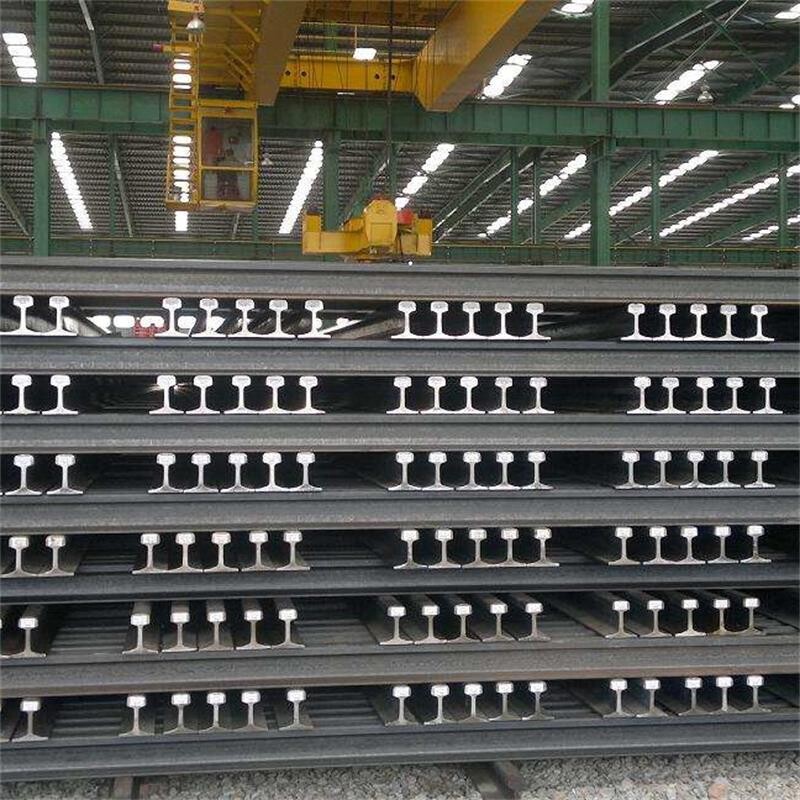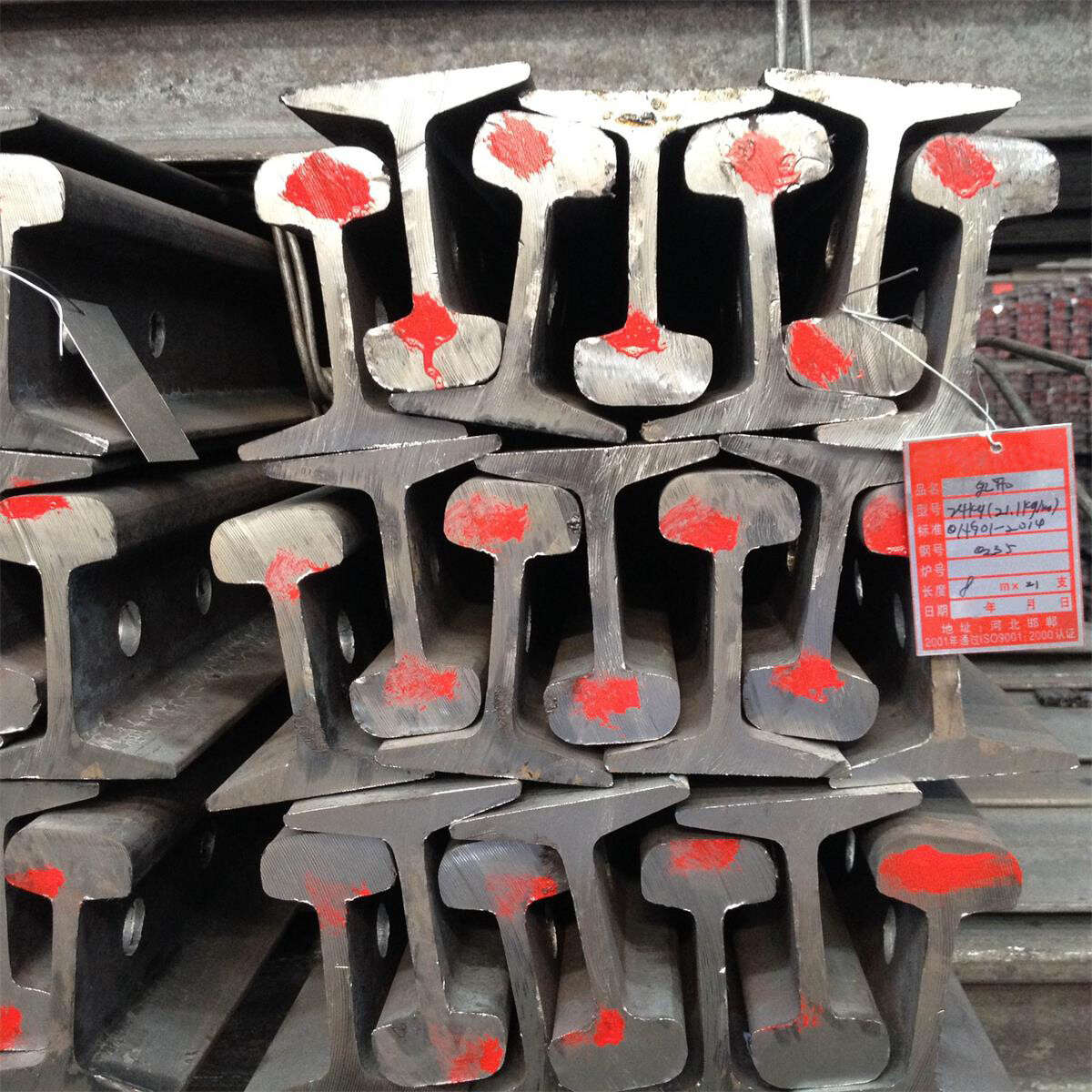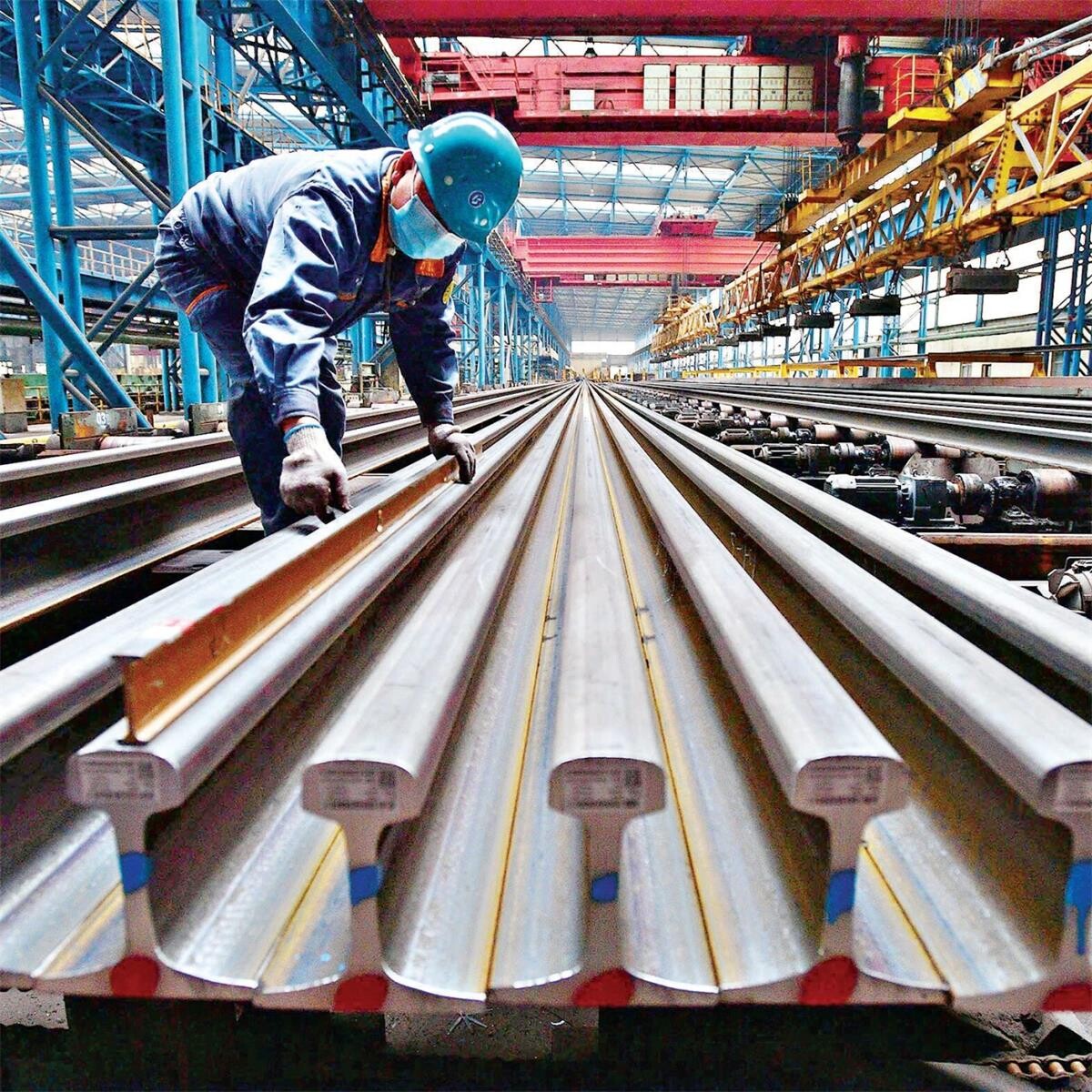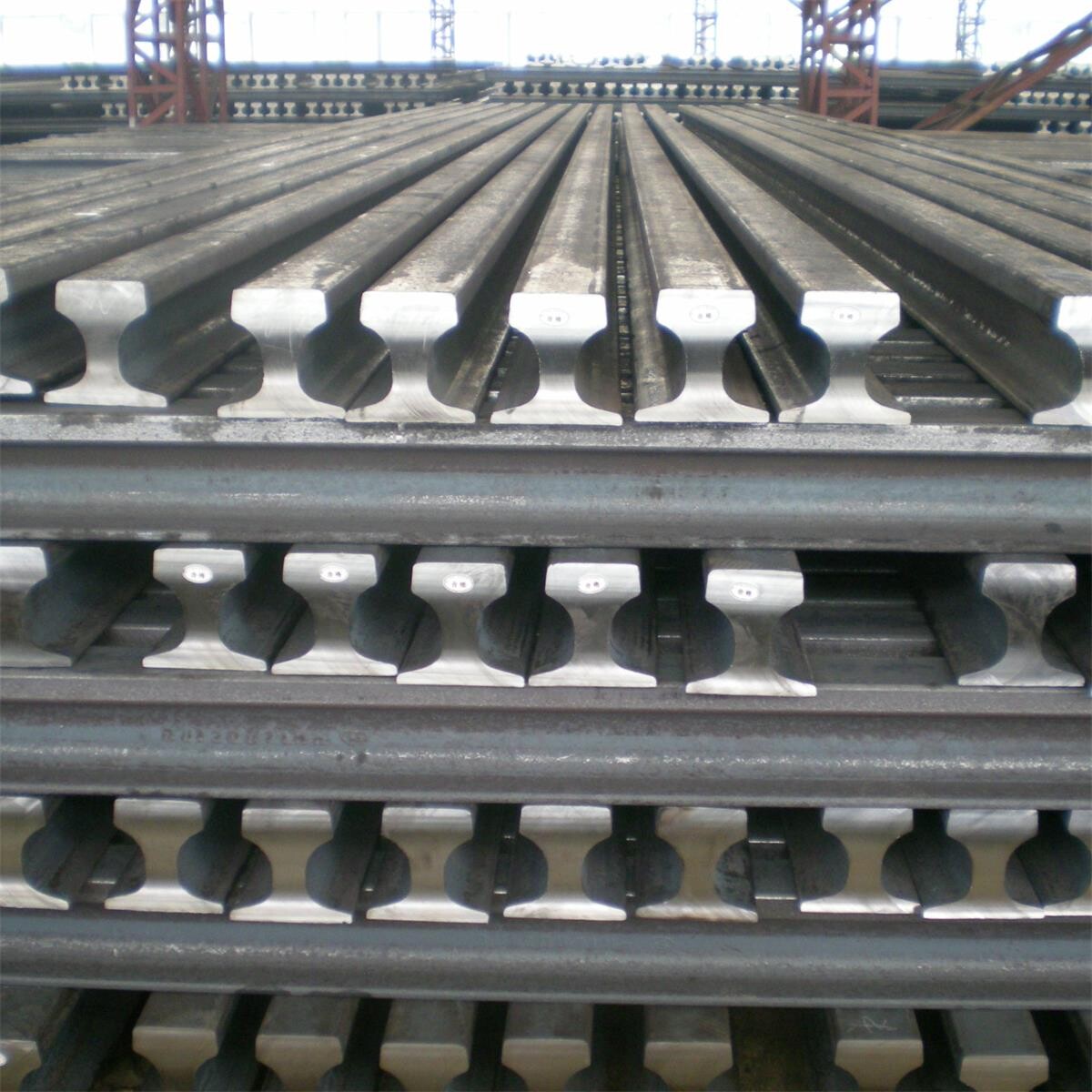● By thickness
(1) Thin plate (0.2mm-4mm) (2) Medium plate (4mm-20mm) (3) Thick plate (20mm-60mm) (4) Extra thick plate (60-115mm)
● By production method
(1) Hot rolled steel plate/coil (2) Cold rolled steel plate/coil
● Organized by steel type
(1) Austenite type (2) Austenite-ferrite type (3) Ferrite type (4) Martensite type, etc.
Product Description
Stainless Steel Plate/Coil Introduction
The stainless steel plate has a smooth surface, high plasticity, toughness and mechanical strength, and is resistant to corrosion by acids, alkaline gases, solutions and other media. It is an alloy steel that does not rust easily.
The corrosion resistance of stainless steel plates mainly depends on its alloy composition (chromium, nickel, titanium, silicon, aluminum, manganese, etc.) and internal organizational structure. The main role is chromium. Chromium has high chemical stability and can form a passivation film on the surface of steel to isolate the metal from the outside world, protect the steel plate from oxidation, and increase the corrosion resistance of the steel plate. After the passivation film is destroyed, the corrosion resistance decreases.
Essentials For Purchasing Stainless Steel Plates/Coils
When choosing stainless steel plates, you must consider the operating conditions, such as manual or automatic operation, the performance and type of the hot press, and the quality requirements for the pressed materials such as hardness, gloss, etc. Economic calculations must also be considered. Each time a newly polished steel plate is required, the number of times a certain quality of decorative plate can be produced.
In addition, when selecting the most reasonable thickness of the steel plate, its service time, quality, and stiffness should be considered, as well as the strength requirements of the plate when under pressure; thermal conductivity performance; pressure distribution, and format specifications of the pressure plate.
If the thickness of the steel plate is not enough, it will bend easily, which will inevitably affect the production of decorative plates. If the thickness is too large and the steel plate is too heavy, it will not only increase the cost of the steel plate, but also cause unnecessary difficulties in operation. At the same time, the margin that should be left when processing or using stainless steel plates should also be considered. The thickness of the copper plate is not absolutely consistent, but the thickness of the same steel plate should be as consistent as possible. Generally, the thickness tolerance of medium-sized sawn plates is 0.05 to 0.15 mm. If the requirements are too strict, grinding costs will also increase. Generally, it is a structural steel plate with high tensile strength and high hardness. The greater the resistance to mechanical damage, the longer the durability, but the cost of grinding and processing is also relatively high.
Stainless Steel Surface Characteristics

Some surfaces are shown, please consult us for more surface styles.
Stainless Steel Plate/Coil Parameters
Product Show
Stainless Steel Plate/Coil Products Display
Spot Warehouse
Professional Testing Equipment
Packing And Shipping
Factory
Application
FAQ
Online Consultation
Related Suggestion
Leave A Message
If you are interested in our products and want to know more details, please leave a message here, we will reply you as soon as we can.

